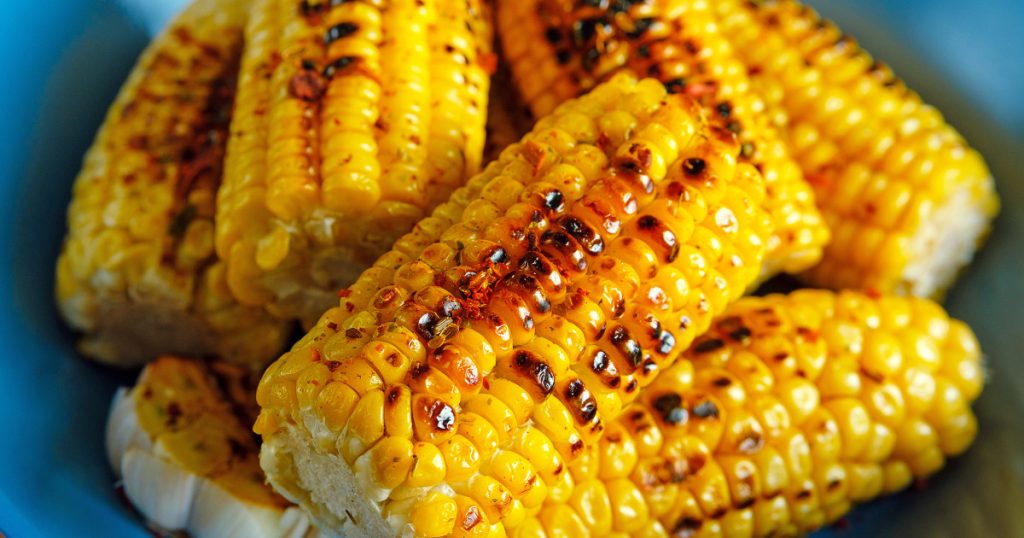Corn is a summer staple that can be enjoyed fresh off the cob or incorporated into various dishes like salads and salsas. Originating in Mexico thousands of years ago, corn has become a widely eaten and versatile crop used in a multitude of food products, from cereals to biofuels. Despite being a common ingredient, there is still some confusion surrounding corn – is it a vegetable, fruit, or grain? The answer is that corn is technically all three, depending on when it is harvested and its intended use.
When it comes to nutrition, corn is a good source of vitamins, minerals, fiber, and other nutrients. It is naturally gluten-free, low in calories and fat, and contains protein and fiber. Corn is high in carbohydrates, particularly starches, but it is a complex carbohydrate that takes longer to digest, making it a healthy addition to a balanced diet. While corn can raise blood sugar levels, its fiber content helps to slow down digestion and absorption of carbohydrates, making it a low glycemic food option.
The health benefits of corn are numerous. This starchy vegetable can boost energy, support digestion, promote heart health, and protect vision. Corn is rich in fiber, both soluble and insoluble, which aids in digestion and regular bowel movements. It also provides essential nutrients like potassium, folate, magnesium, B vitamins, thiamin, vitamin C, lutein, and zeaxanthin. These nutrients play a crucial role in energy metabolism, cell growth and development, immune function, and maintaining eye health.
For individuals looking to lose weight, corn can be a beneficial addition to their diet when consumed in moderation. Corn is low in calories but filling, helping to curb hunger and regulate appetite. The starch, protein, and fiber content in corn make it a satisfying and nutritious option for those aiming to shed excess pounds. While corn may pass through the digestive tract and appear in stool, the body can digest the inner part of the kernel, which is rich in starch and nutrients, but not the tough outer shell made of cellulose.
When it comes to cooking corn, the healthiest methods include steaming, boiling, microwaving, or grilling corn either in the husk or shucked. These cooking techniques help to preserve the nutritional content of corn without adding excess calories or fat. Toppings like butter and salt can still be enjoyed in moderation, with healthier substitutes like olive oil and Greek yogurt available. Additionally, incorporating corn kernels into salads, soups, and other dishes can add variety and flavor to meals. Overall, corn is a nutritious and versatile ingredient that can be enjoyed as part of a healthy diet.


